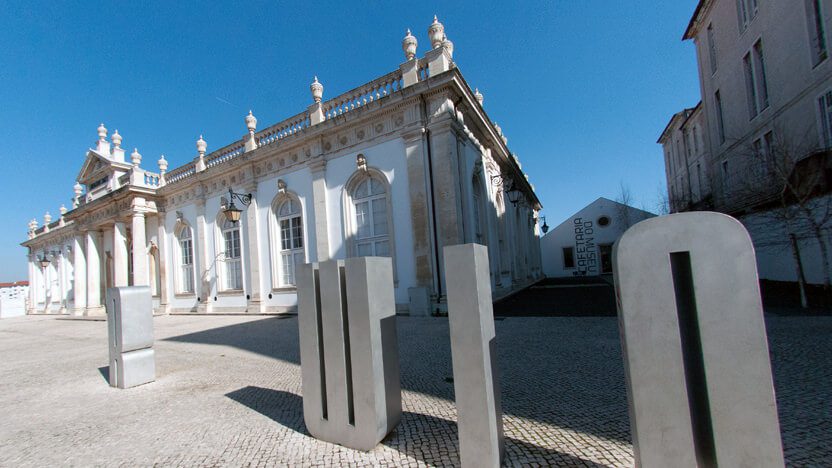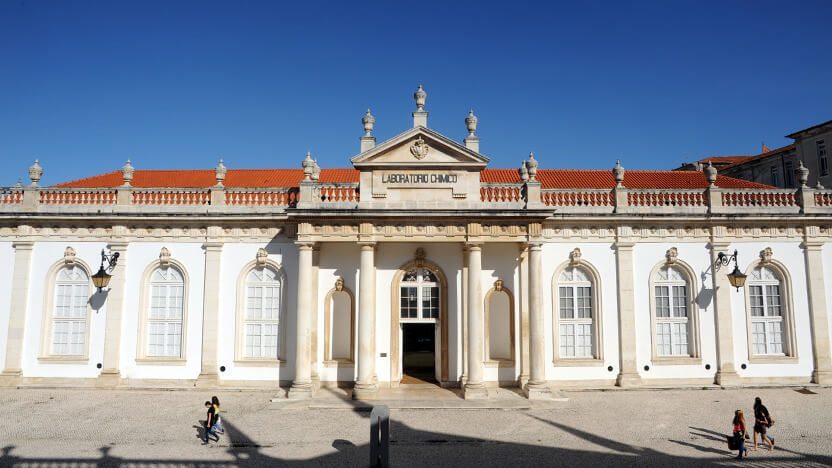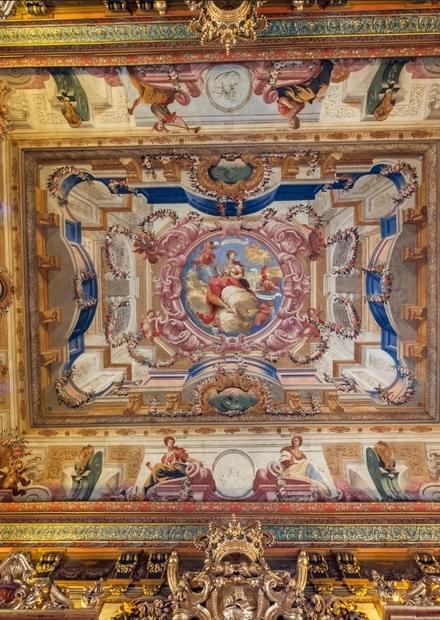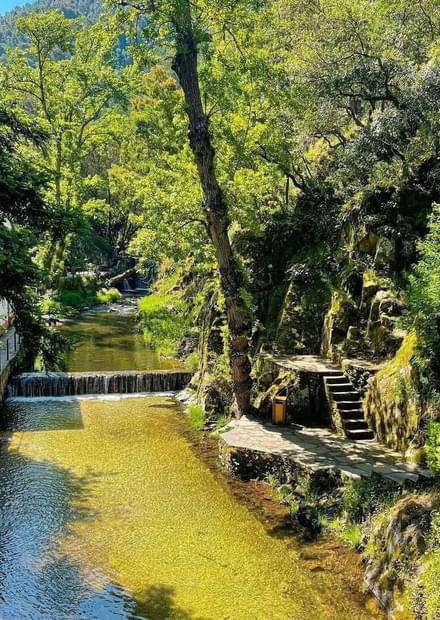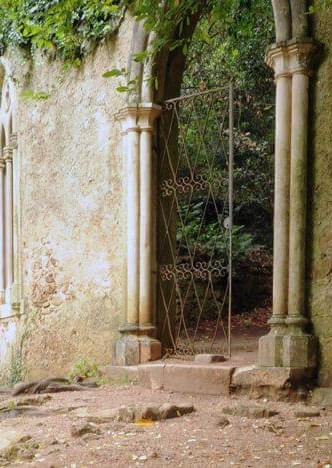The Science Museum of the University of Coimbra is an interactive science museum that aims to provide visitors of all ages an entertaining environment in which to discover science. The Museum presents the University’s collections of scientific objects and instruments as well as a series of exciting exhibits and hands-on experiments. The Museum offers many activities. Its temporary exhibits, guided tours, workshops and informal meetings with scientists have become well known and very successful amongst the public.
Laboratorio Chimico | The Chemical Laboratory
The reclassification of the Laboratorio Chimico, a unique building that is a milestone in the history of Chemistry, is the first stage of a project that aims to become a key centre for the promotion of science and of scientific museology in Portugal.
The Chemical laboratory of the University of Coimbra is in itself an exceptional object of the Science Museum of this university. Its historical, scientific and cultural value extends far beyond chemistry as a discipline, as it documents the enlightenment and the scientific revolution of ideas by the end of the 18th century in Portugal, and it also took part in the most dramatic events of the peninsular war, early in the 19th century.
The Chemical Laboratory was conceived and built as part of the transformation of the University of Coimbra to adopt the ideas of the enlightenment, with the introduction of experimental science, and the natural sciences in the teaching and research in Portugal. This transformation was conducted by the Prime Minister Marques de Pombal, some years after the renovation of the center of Lisbon, after the 1755 earthquake.
The Chemical Laboratory is a manifestation of the new rational thinking in Europe that to some extent is connected to the Lisbon disaster: a natural disaster that needs to be explained by rational understanding of the natural world.
The Chemical Laboratory of Coimbra University, dating from 1775, follows the most recent knowledge in chemistry at the time and its structure and instruments that we keep in permanent exhibition, illustrate in a vivid and exceptional way what was the science done in laboratories by the end of the enlightenment.
The Chemical Laboratory also illustrates the transformations that research in chemistry suffered since Lavoisier’s initial contributions, both in collections and in the adaptations in the building. It is now the oldest single building dedicated to chemistry in Europe, and documents, as very few, the story of this scientific discipline. It was involved in several historical events, with particular relevance to the peninsular wars, where the gun powder used to defend the city against French troops was produced. One large grindstone used then is at the entrance of the laboratory as an icon of the Laboratory.
The collections
The scientific collections of the University of Coimbra are the oldest and most important in Portugal. Most of the items are dated from the Pombaline Reform of the University, which took place in the last quarter of the 18th century establishing the basis for modern teaching and scientific research in Portugal. The reform undertaken by the Marquis of Pombal created new Faculties, including the Faculties of Philosophy and Mathematics, but also rebuilt and modified the Jesuit buildings to provide new equipments suitable for scientific teaching. Thus was created the first Portuguese university museum, the Cabinet of Natural History, located at the Jesus College, together with the Cabinet of Physics, the Anatomical Theatre and the Pharmaceutical Dispensary. The Laboratorio Chimico, the Astronomical Observatory and the Botanical Garden were also created at other locations.
The building
The building is also a fantastic example of neo-classic architecture in Portugal, and a remarkable example of architecture of scientific buildings, particularly laboratories, that are very specialized buildings. The building recovery was carried out by architects João Mendes Ribeiro, Carla Antunes and Desiré Pedro. This project has won the Architecture Award given by International Association of Art Critics.
Schedule
From tuesday to sunday: 10:00 – 18:00 Closes on mondays

